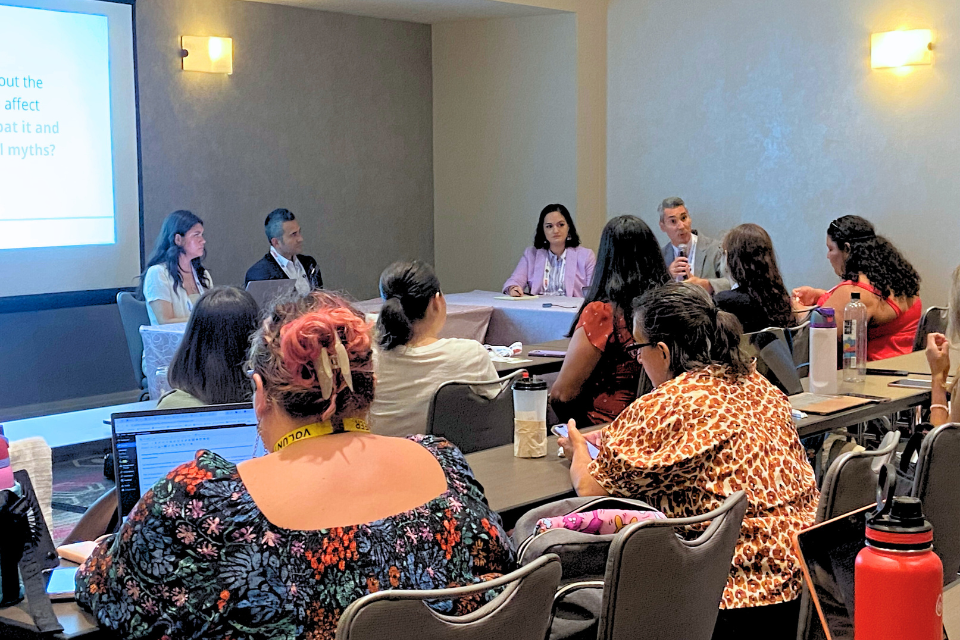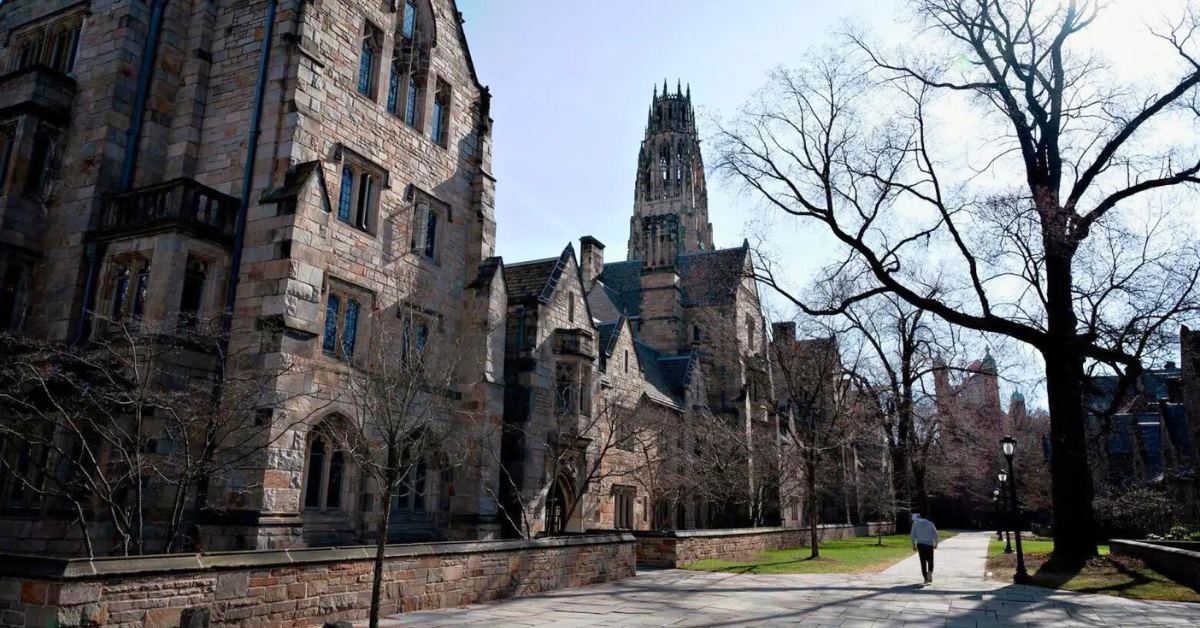By Robert Cyr
CTLatinoNews.com
Maria Harlow, director of the Spanish Community of Wallingford says her agency has been busy. The number of clients it serves has doubled in the past three years.
The non-profit agency assists area Latinos with services such as interpreters, classes and linking them with energy assistance, food stamps and area shelters. “More people need it, and also more people know about the agency and the services that are out there,” Harlow said.
The Wallingford social service agency is one of many that struggles to deal with the rising rate of poverty among Latinos in Connecticut. A new report from the U.S. Census Bureau reverses an earlier claim that Latino poverty was declining nationally after determining poverty rates by including the use of government services like subsidized housing, healthcare and food stamps.
According to a previous census report, the poverty rate among Latinos decreased from 26.5 percent in 2010 to 25.3 percent in 2011. But Latinos poverty rates increased to 28 percent after census statisticians reworked poverty assessment formulas to include medical costs and government programs such as food stamps and housing. Census calculations found that without Social Security payments alone, the poverty rate for Latinos would rise to 54.1 percent for people 65 and older and 24.4 percent for all age groups.
The increase in the number of poor is having its impact on state and federal budgets, which were already being impacted when poverty numbers were supposed to be dropping. David Dearborn, a spokesman for the Connecticut Department of Social Services (DSS), said the department’s budget is in a shortfall due to an explosion in Medicaid use, and special legislation was recently passed to tighten eligibility standards to help curtail the program’s $223 million deficit. The federal government reimburses the state for 50 percent of the program. The department’s overall operating budget for fiscal year 2012-2013 is $5.8 billion and is expected to grow substantially next fiscal year, he said.
“Our budget is not necessarily sensitive to poverty levels. It’s geared to eligibility. It’s not sensitive to demographics or ethnicities or how many people are below the poverty line,” Dearborn said. While race-specific data was not available from DSS, department statistics show that the number of people using state services jumped 7.4 percent this year, from 188,176 in fiscal year 2011 to 202,147 in 2012.
Census researchers also found that nationally, without refundable tax credits such as the earned income tax credit, child poverty would increase from 18.1 percent to 24.4 percent, and, without food stamps, the overall poverty rate for Latinos would increase from 16.1 percent to 17.6 percent. Census data shows that the average 15 percent poverty rate for all Americans in 2011 and 2010 are two of the highest rates since census data has been taken for poverty factors.
But while Latinos may have fared better on average across the country before the adjusted poverty rate formula, the number of poor Hispanics went up slightly in Connecticut. According to census data, 27.3 percent, or 131,564 out of the state’s 481,123 Latinos were below the poverty level last year before the formula was used. In 2010, that figure was 23.6 percent. The official poverty line last year was $23,021 for a family of four.
Census Bureau spokesman Robert Bernstein said that the adjusted poverty rate is given every year and is not the bureau’s “official” rate for any group. It is not used by government agencies to adjust funding for programs. “This is … to provide another view of poverty. We put the numbers out there but we don’t make judgments on it,” he said.



